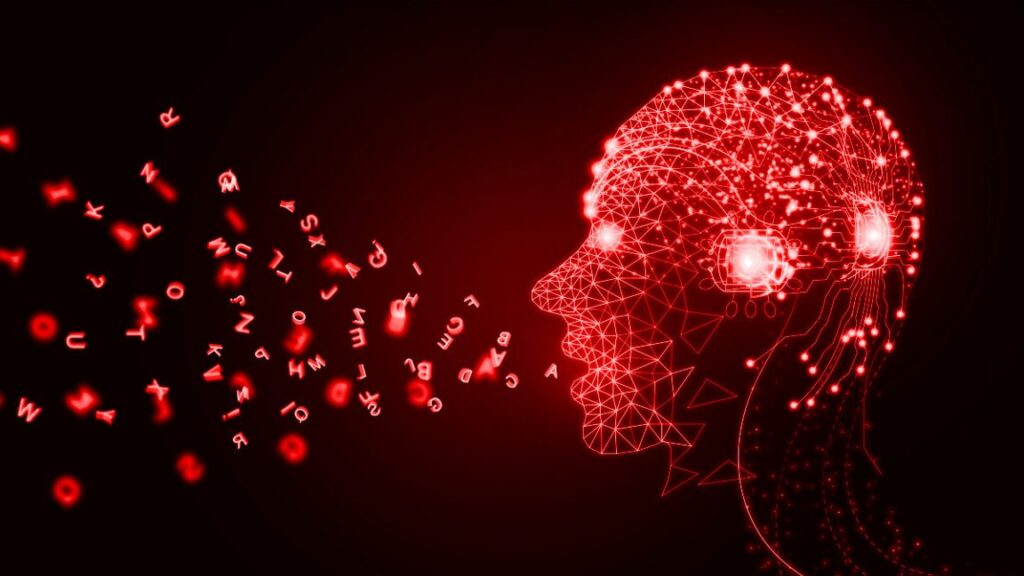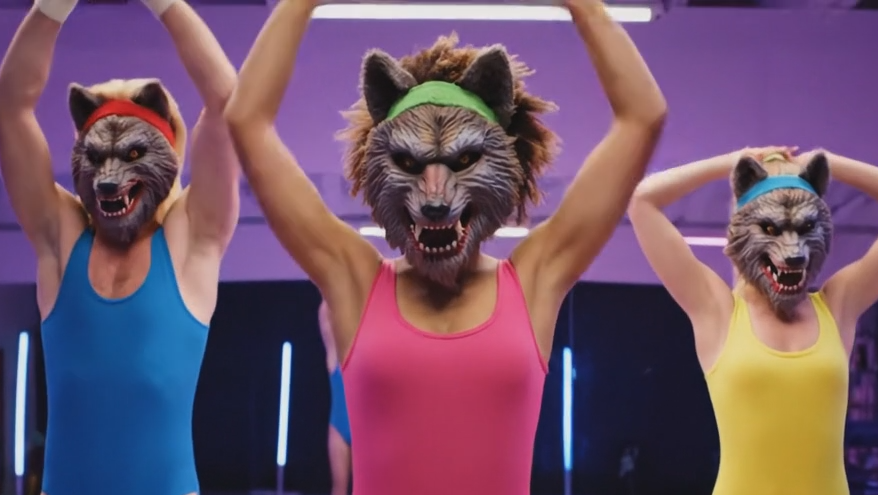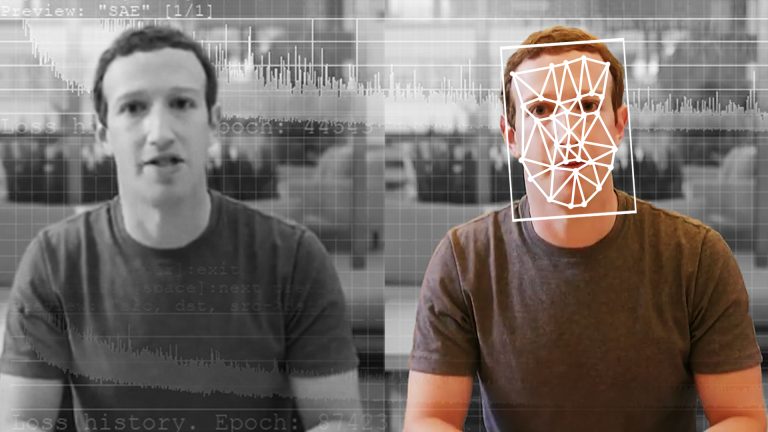Reddit mod jailed for sharing movie sex scenes in rare “moral rights” verdict
A Reddit moderator known as “KlammereFyr” was recently convicted by a Danish court after clipping and posting hundreds of nude scenes that actresses filmed for movies and TV shows but apparently never expected to be shared out of context.
As TorrentFreak reported, dozens of actresses had complained about the mod’s sub-reddit, “SeDetForPlottet” (WatchItForthePlot), with some feeling “molested or abused.”
Demanding Danish police put an end to the forum, the Rights Alliance—representing the Danish Actors’ Association, two broadcasters, and other rightsholders—pushed for a criminal probe.
The groups argued that KlammereFyr removed the artistic context and immorally sexualized actors, sometimes by cropping scenes or “changing the lighting to accentuate certain features,” TorrentFreak reported.
To groups, it seemed clear that KlammereFyr was violating a rarely tested part of copyright law that protects artists’ “integrity” by shielding their “moral rights.”
In Denmark, the “right of integrity means that even in cases where you are allowed to make use of a work, you are not allowed to change it or use it in a way or in a context that infringes the author’s literary or artistic reputation or uniqueness,” a resource for Danish researchers noted.
Ultimately, a now 40-year-old man was charged after confessing to violating moral rights by sharing at least 347 clips featuring over 100 actresses that a Danish outlet reported were viewed 4.2 million times. He was also charged with sharing over 25 terabytes of pirated content, using a private torrent tracker called Superbits.org, TorrentFreak noted.
Following his confession, the Court of Frederiksberg convicted the Redditor, sentencing him to a seven-month conditional prison sentence, followed by 120 hours of community service. Next, the Reddit mod will face a separate civil lawsuit to determine damages, which could be substantial. Rightsholders are seeking between $2,300–$4,600 per nude clip, TorrentFreak reported, putting the maximum possible award above $1.5 million.
Landmark case may influence how US views “moral rights”
The conviction represents the “first criminal conviction” based on the Danish copyright law’s “right of respect,” TorrentFreak reported. In a statement, special prosecutor Jan Østergaard praised the court for taking the issue seriously.
Reddit mod jailed for sharing movie sex scenes in rare “moral rights” verdict Read More »














